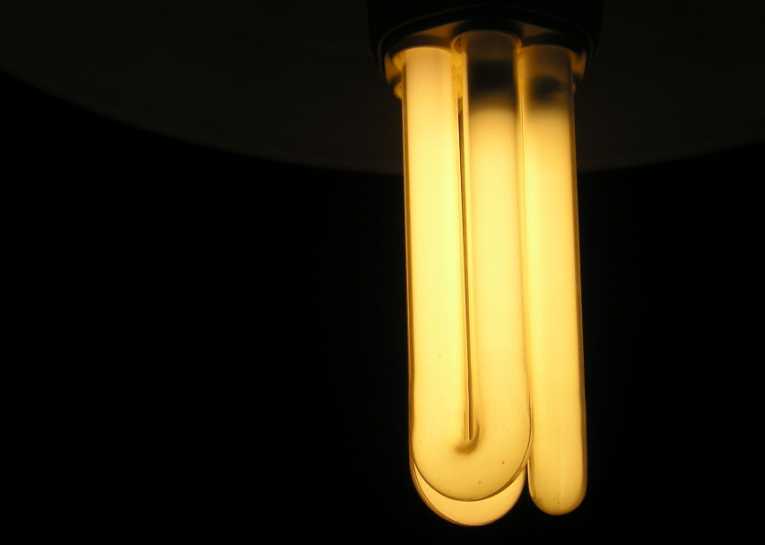According to a new report issued by the United Nations Environment Program (UNEP), a global phase-out of old-style light bulbs, coupled with a switch to low energy lighting, would save billions of dollars and help to combat climate change.
A number of countries are already moving down this route, including European Union members, the United States, Canada, Australia, Cuba and the Philippines.
This is a report of a study, backed by UNEP and manufacturers Osram and Philips, that was released during the recent UN climate talks at Cancun in Mexico. It pointed out that although about 40 countries had already put in place programmes to switch from incandescent light bulbs, a review of 100 nations showed that if they were also to switch to low-energy bulbs, the possibility of huge financial savings would result, together with a highly significant reduction in carbon output.
Generation of electricity, often from burning fossil fuels, accounts for about eight per cent of world greenhouse gas emissions, said the report. A universal shift to low-energy bulbs would cut electricity demand for lighting by around two per cent.
Some examples of significant national savings were given. Indonesia could potentially save $1 billion a year. Its greenhouse gas emissions would be cut by about 8 million tons a year, which would equate to taking 2 million cars off the road.
According to the report Brazil could save $2 billion a year, Mexico could save $900 million, Ukraine $210 million and South Africa £280 million. In all cases there would be substantial reductions in emissions.
Other significant economic benefits would be that with a reduction in demand for electricity, there would be no need to build more power stations. A switch to more efficient lighting in Indonesia, for instance, would avoid the need to build several new coal-fired power stations costing $2.5 billion. There is a similar picture in other countries.
In addition to significant financial savings, there are a number of health benefits from switching from the use of fossil fuels. About 1.8 million deaths a year are linked to indoor air pollution. This problem is linked to the widespread use of kerosene lamps, particularly in the developing world.
The down side of this great move towards low-energy lighting is that there is a degree of opposition. Low-energy bulbs might last longer the conventional bulbs, often ten times longer and be more economical to run, but they are a lot more expensive to buy. Many people complain that they often take a while to warm up and their light output is not as good as conventional bulbs. Other people complain that light from these low energy bulbs gives them headaches.
In addition, most common low-energy compact fluorescent light bulbs (CFLs) contain toxic mercury and in view of this, strict procedures need to be in place for the collection and safe disposal of spent light bulbs.
In the countries where low-energy bulbs are in widespread use this is not likely to be a problem, but in the developing world this might prove to be more of a challenge.










